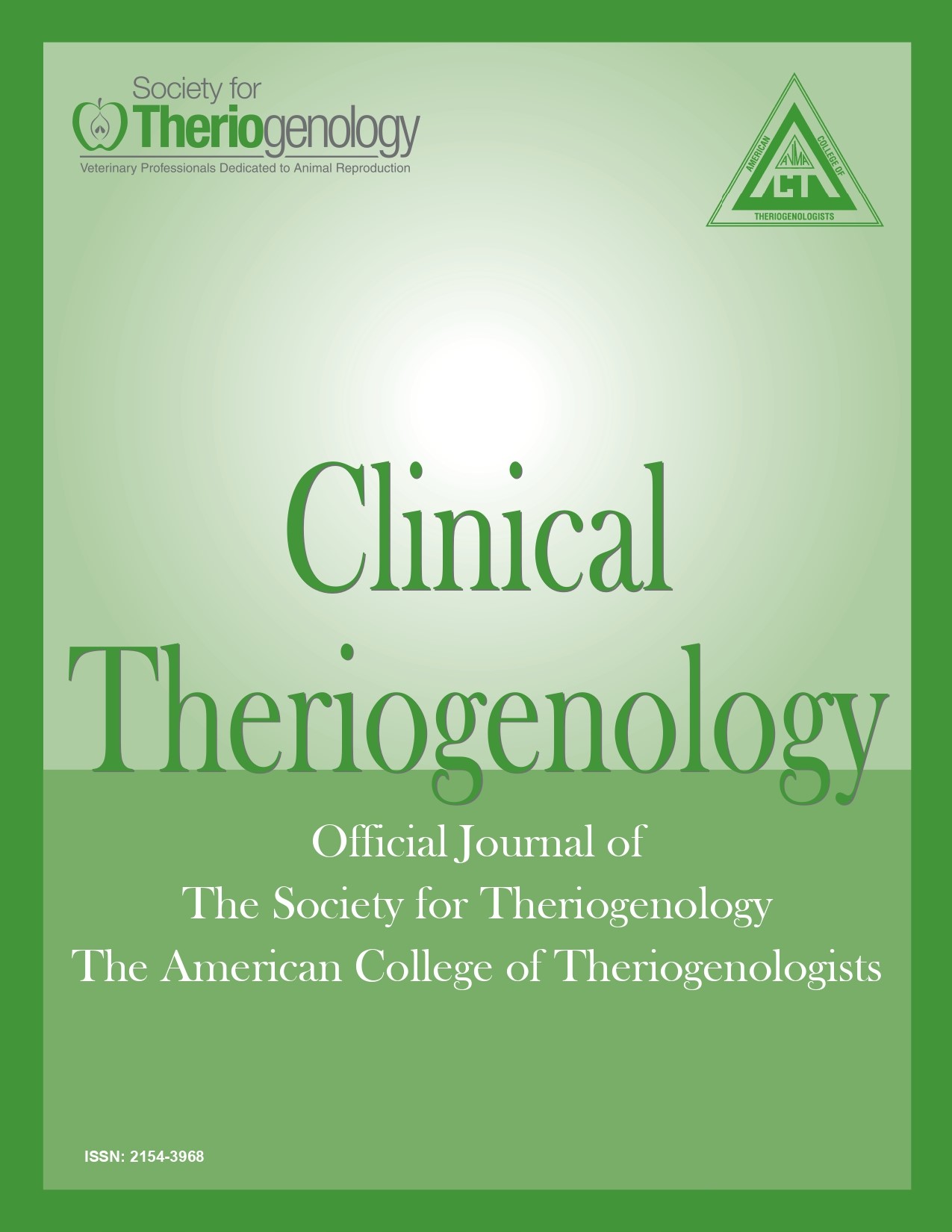Anatomical location of bovine embryos following superstimulation in beef heifers
Abstract
Since the advent of non-surgical embryo recoveries in cattle, there has always been uncertainty regarding the location of embryos at the time of recovery. Despite thousands of embryo recoveries performed annually, there is limited research describing embryo location 6-7 d after ovulation in cattle subjected to a superstimulation protocol. The objective was to determine location of embryos within the reproductive tract of superstimulated heifers. Non-pregnant, yearling beef heifers (n = 12; 577 ± 31 kg) were allocated into three replicates and began a timed, 17-d, superovulation controlled internal drug release-based protocol, with artificial insemination done twice. At 6.5 d after first artificial insemination, heifers were slaughtered at a commercial abattoir. Immediately after exsanguination, the reproductive tract was excised and each side sectioned into 4 segments (Section 1 for the uterine tube and Sections 2 to 4 for the uterine horn, with Section 4 including the uterine body). Each section was isolated, flushed, and flush media filtered and embryos identified and enumerated. Corpora lutea were also enumerated. There were differences among uterine sections in number of embryos recovered (p < 0.0001), with embryos recovered from all sections. Section 2 (tip of horn) contained the greatest number and percentage of embryos, followed by Sections 3, then 4 and finally 1 (53.5, 33.9, 6.8 and 5.8%, respectively). In summary, embryos were located throughout the tract, with the majority located in the tip and middle third of the uterine horn.
Downloads

This work is licensed under a Creative Commons Attribution-NonCommercial 4.0 International License.
Authors retain copyright of their work, with first publication rights granted to Clinical Theriogenology. Read more about copyright and licensing here.





